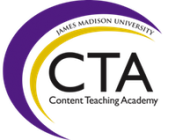Big Bang Theory/Cosmology
The student will investigate and understand scientific concepts related to the origin and evolution of the universe. Key concepts include a) cosmology, including the Big Bang theory; and b) the origin and evolution of stars, star systems, and galaxies.
